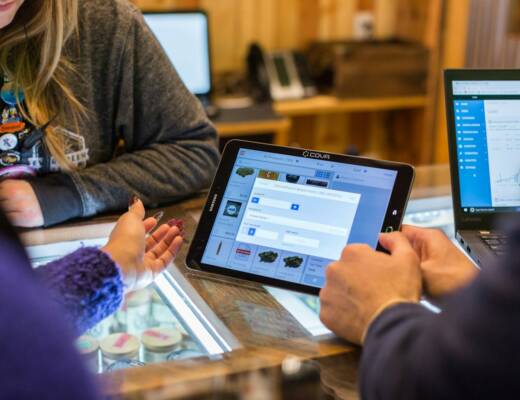Today, startups face the daunting task of capturing prospective clients’ attention. Traditional marketing approaches sometimes fall short when it comes to captivating consumers and making a lasting impression on brands.
However, virtual reality (VR) technology has just emerged, providing companies with a potent weapon that may transform their advertising strategies. Startups may make a lasting impact on their target audience by using the immersive and interactive nature of virtual reality to create fascinating experiences.
Read on to find out how VR is changing the face of startup marketing and how businesses are interacting with their customers.
1. Making Authentic Brand Interactions
Startups have a one-of-a-kind chance to use VR to build engaging brand experiences that are impossible to achieve with more conventional forms of advertising. VR gives a unique opportunity to tell a brand’s narrative by immersing customers in a virtual world.
Whether it’s displaying a product demo, letting consumers explore a virtual shop, or giving an interactive tour of a startup’s facilities, virtual reality experiences bring people in and make them feel something. These all-encompassing brand experiences do more than just attract viewers; they also make an impression that sticks with them, increasing brand recognition and devotion. And, of course, you need to do VR testing before using it.
2. Making Product Demos More Impressive
Startups face significant hurdles when trying to prove the usefulness and worth of their offerings. To overcome this obstacle, companies are turning to virtual reality to display their products interestingly and interactively. Startups may break past the barriers of conventional marketing by giving buyers an immersive virtual reality experience of a product.
With virtual reality, businesses may offer customers a realistic and tailored experience, like a virtual test drive of a new automobile, a virtual tour of a real estate project, or even a virtual try-on of fashion items. This creates trust and encourages buy intent.
3. Storytelling that Engages
At its core, every effective advertising campaign is a story. By empowering entrepreneurs to create compelling stories in VR, the medium elevates storytelling to a new level. An immersive story is a powerful tool for startups to communicate their purpose, ambition, and values. Startups may increase the emotional connection with their audience by letting consumers actively participate in the story.
Virtual reality storytelling captivates customers by transporting them to the startup’s past or present or creating an imaginary environment that reflects the brand’s values.
4. Enhancing the Quality of Events
Startups often participate in industry events and conferences to promote their products and services and make connections with possible clients. However, in terms of participation and exposure, live events have limits. With virtual reality, companies can take their event experiences to the next level and break down geographical barriers.
Startups can make virtual event venues a reality, enabling global participation in immersive conferences, product debuts, and networking gatherings. Virtual reality events help entrepreneurs save money while simultaneously giving them vital information about attendees’ habits, interests, and engagement levels.
5. Engaging in Tailored Advertising
Virtual reality enables entrepreneurs to provide their target audience with highly tailored experiences, which is crucial for successful marketing efforts. Startups may create a unique and intimate virtual reality experience for each consumer by tracking their data and preferences.
Startups may utilize virtual reality to make their consumers feel seen and understood in a variety of ways, for as by tailoring the virtual environment to their tastes or by providing tailored product suggestions inside the VR experience.
6. Connect with your audience
Another overlooked opportunity for companies to use virtual reality is to engage with the expanding user base. With a projected 27.5% CAGR from 2023–2030, virtual reality is poised to outpace all other content segments. Worldwide, there are more than 171 million VR users; in the United States, there are 65.9 million users, or 15% of the population.
We anticipate that, like any network, the platform’s social dynamics will gradually become more apparent with time and that influencers will start to crop up. The next frontier is products that can establish themselves as leaders in their community and continue to evolve alongside it.
In summary
Virtual reality has been a game-changer for new businesses trying to stand out in a competitive industry. Startups can transform their marketing strategies and audience engagement by developing more interactive brand experiences, better product demos, compelling stories, memorable events, and tailored marketing campaigns.
Startups need to jump on the chance to use virtual reality to engage with consumers on a deeper level and remain ahead of the competition as VR technology becomes better and more affordable. Virtual reality’s immersive environment is where startup marketing is headed, and early adopters will be the ones who profit.







